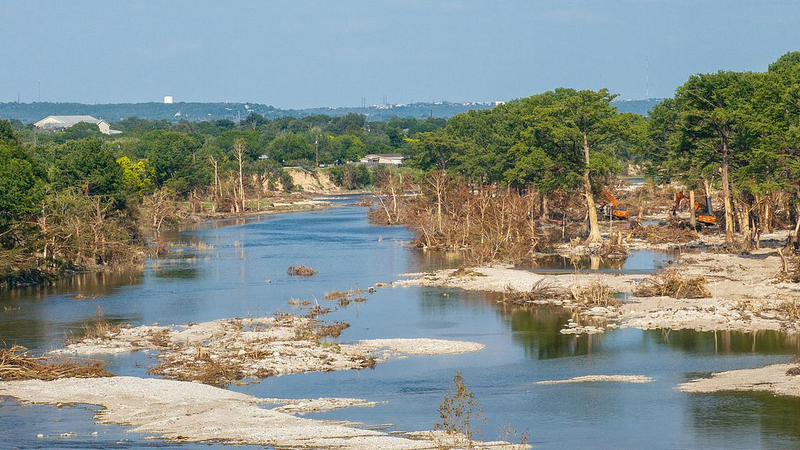Summer 2025 witnessed a dramatic surge in deadly flash floods across the United States, stretching emergency services and spotlighting the changing nature of extreme weather.
According to the U.S. National Weather Service, more than 3,600 flash flood warnings had been issued by late July, already nearing the average annual total of roughly 4,000 warnings.
Torrential downpours can unleash surprise torrents in minutes, overwhelming drainage systems and catching communities off guard. Experts point to the fact that warmer air holds more moisture, fueling record rainfall rates in shorter time spans.
Emergency response teams say the pace and intensity of these events are testing existing warning systems and infrastructure. Local authorities are exploring real-time mapping tools and community alert apps to tighten the window between warning and impact.
For globally minded citizens, from digital nomads checking weather apps before a cross-country trip to entrepreneurs tracking climate risks in supply chains, these floods highlight a shared reality of escalating extreme weather worldwide.
As policymakers and activists push for stronger climate action, the 2025 flash flood season serves as an urgent call to adapt. Investing in resilient infrastructure, early warning networks, and community education can help mitigate future risks.
Reference(s):
cgtn.com




